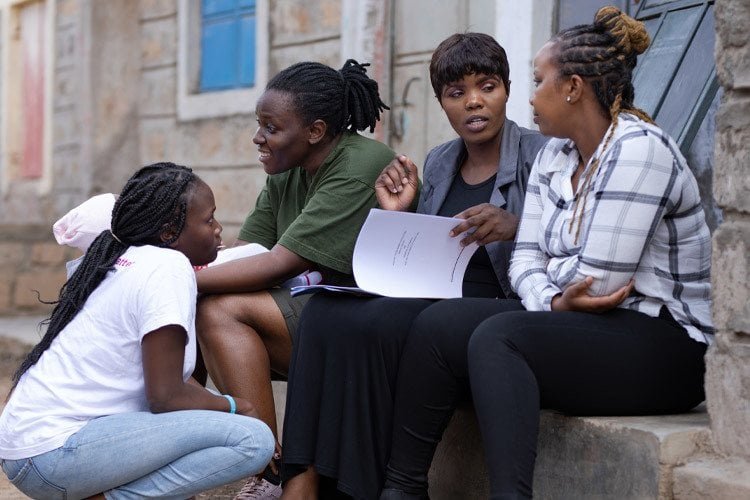The distribution of the working female population in Kenya highlights critical socioeconomic dynamics, including gender disparities in labour force participation, access to employment opportunities, and regional development inequalities. These patterns are shaped by factors such as education levels, cultural norms, household responsibilities, and local economic structures.
The table below presents the estimated number of females engaged in economic activities across various counties in 2022. This information offers key insights for policymakers, gender advocates, and development planners by identifying regions where female workforce participation remains low, signalling the need for targeted employment programmes and inclusive policy interventions.
Such data is essential for promoting equitable economic growth and gender parity in employment across the country.
Female Working Population by County (2022)
| County | Female Working Population |
|---|---|
| Nairobi | 976,073 |
| Kiambu | 611,026 |
| Nakuru | 452,410 |
| Meru | 416,355 |
| Kakamega | 370,464 |
| Kisii | 325,006 |
| Machakos | 267,463 |
| Murang’a | 308,630 |
| Kisumu | 254,167 |
| Migori | 248,366 |
| Makueni | 250,885 |
| Kajiado | 251,024 |
| Nyeri | 240,104 |
| Homa Bay | 238,397 |
| Mombasa | 232,098 |
| Siaya | 217,996 |
| Uasin Gishu | 212,689 |
| Busia | 205,694 |
| Narok | 200,839 |
| Nandi | 199,008 |
| Kericho | 182,406 |
| Bomet | 195,789 |
| Kitui | 190,838 |
| Kirinyaga | 193,400 |
| Embu | 164,617 |
| Nyandarua | 177,726 |
| Laikipia | 131,443 |
| Baringo | 131,241 |
| Kwale | 128,160 |
| Vihiga | 127,048 |
| Nyamira | 138,988 |
| Trans Nzoia | 104,038 |
| Tharaka-Nithi | 114,207 |
| West Pokot | 105,011 |
| Elgeyo Marakwet | 102,320 |
| Turkana | 88,663 |
| Taita Taveta | 64,036 |
| Garissa | 45,797 |
| Wajir | 29,874 |
| Mandera | 21,952 |
| Marsabit | 26,720 |
| Tana River | 16,508 |
| Isiolo | 15,487 |
| Lamu | 17,827 |
| Samburu | 14,151 |
Source: Kenya National Bureau of Statistics


